Luxury packaging: a concept in the making

by Luciana Guidotti
By its nature, selective packaging meets essential criteria of excellence. Synthesis of research, technology, artisan knowledge and attention to detail, it is an industrial asset in all respects, capable of supporting the image and reputation of a brand.
We therefore involved experts and operators in the sector to investigate the evolution of the high-end packaging market, asking them to take stock of the needs expressed by the brands, the possible influences exerted by the new online sales methods and the value of Made in Italy in the global market.
The points of view that we report below are linked by a common thread, which sees the search for sustainability of products and processes as an element of strong characterization. An element that could not exist, however, without the development and investments in technology, as described in various ways by the respondents.
And if it is common to all the consideration of “Italianness” as a distinctive value to be protected (perhaps to be reinterpreted on the basis of new communication codes), there are still perplexities of various kinds about e-commerce, for some irrelevant, for other potential development drivers also for selective packaging.
We obviously thank those who joined our investigation (Baralan, Fontana Grafica, G. Candiani, Lumson, Luxoro, Zignago Vetro), and we leave to Andrea Sommavilla (a life spent on the quality and development of packaging and today also a consultant for Cosmetica Italia) the task of anticipating some reflections on the subject.
Towards experiential luxury
* The seventh edition of the Altagamma Consumer and Retail Insight was characterized by the analysis of the impact of COVID-19 on the luxury world, with the usual focus on the evolution of consumer behavior and distribution strategies of companies.
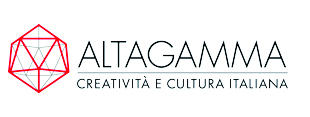
According to an authoritative source*, the global pandemic “has been an accelerator of trends that were already emerging”, bequeathing the search for an experiential, more discreet and intimate luxury. With the due differences between East and West, however, where trends seem to polarize: if Western consumers think that “sobriety” is the way to go, along with slow fashion and intrinsic product quality, the Orientals (Chinese above all) always aim at coolness and brand visibility.
As summed up by Matteo Lunelli, President of Altagamma, in the sector the importance of experiences is consolidated as well as the attention to sustainability, which puts social and environmental scenarios at the center of business strategies. Digital becomes essential, but personal contact enhances it with tailor-made proposals for a Clienteling 2.0, where the relationship with the consumer is seamlessly nurtured both in store and online”.
Andrea Sommavilla
Consultant
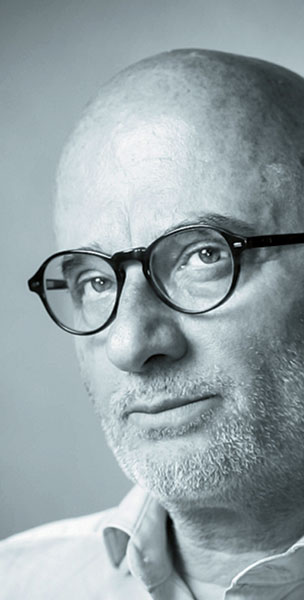
Investments and strategies of luxury brands in line with the overall reduction of the environmental impact of products and processes. The sustainability of e-commerce is less obvious; applause for the value of the “made in Italy”.
«My first consideration may seem obvious, but I really believe that luxury brands are investing in a very convinced way on packaging: it is a renewal that goes in the direction of reducing materials and their environmental impact.
In this sense, I take two lines of thought: the first is to limit the weight and volume of the packaging, without thereby losing fundamental values for consumers, first of all the safety and functional performance of the product.
The second is linked to the commitment to massively use recycled materials, or that facilitate the reuse, recovery or recycling of packaging. This second trend influences in particular glass, paper and cardboard, plastic, but also affects the label sector. The use of PCR material is growing with great vigor, especially in the plastic field, but also the paper and paper converting sectors are affected by this phenomenon, combined with the constant use of FSC papers.
A clarification about the label sector seems useful to me, where the combination of material, adhesive and printing inks is a “hot” and constantly studied topic, with the aim of finding a solution that guarantees the total recyclability of the container. A traditional label can in fact decrease the purity of the container to be recycled but, if well studied, it can improve the yield of the material to be recycled by more than 10-15%».
According to Sommavilla, it is complex to establish a ranking between the demand for technology, customization and sustainability expressed by the brands because they are all values that deserve attention and, in his opinion, equivalent in strategic terms. «Personalization is certainly the distinctive element for a brand and it is more difficult to sacrifice or distort it. However, I find there may be further room for manoeuvre by investing in digital technologies, for example by implementing the QR codes through which the brand’s history or the best use of a specific product can be communicated more effectively, so as to offer the consumer an enveloping and satisfying sensory experience. Even labels with augmented reality, for example, represent a technological plus, in addition to having a certain appeal. However, I believe that sustainability is the main asset of the brand strategies, the dominant value at the moment. In fact, many companies are investing with increasing vigor in this regard, and not only on packaging materials but also on the analysis of the processes with which packaging is made, measuring its LCA. The aim is therefore to intervene also on an industrial level, identifying and improving all-round environmental performances, therefore also on processes ».
In the face of the indisputable growth of e-commerce, Sommavilla has serious doubts about its sustainability: «The protection necessary for the product to reach the consumer perfectly intact, frustrates the efforts made by the companies in reducing materials and their environmental impact. This does not detract from- and even more so in these times - the need to distribute the product in a targeted way, satisfying the need of a single consumer. As for the sending of products by luxury brands, it becomes the occasion of a ceremony that makes the shopping experience unique, but perhaps for this reason still not truly sustainable».
Sommavilla has no doubts, however, about the value of “made in Italy” which it describes as “a priceless experience, which can make a difference on the global market, due it is uniqueness, witness to a blending of knowledge and manual skills that make every single product, and in particular for luxury products, a refined piece, made with grace, style, skill and tact».
Maurizio Ficcadenti
Global R&D Manager, Baralan
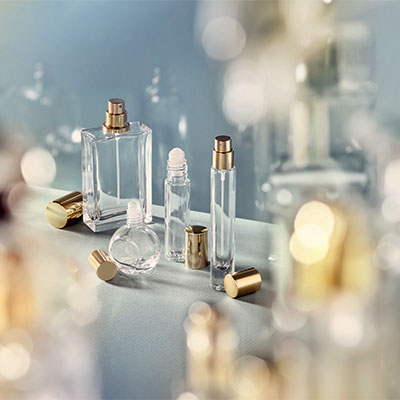
Enhance and guarantee the value of the product with functional and recognizable packaging; careful choice of alternative materials and decoration techniques for an accentuated customization; study a structured e-commerce, which pays attention to the entire value chain, from product to customer service.
«The high-end packaging market has always been synonymous with and expression of quality. Each product is both a perfect representation of a durable and reliable packaging, and an exaltation and enhancement of the contained formula, kept intact in its preciousness and effectiveness “begins Ficcadenti, specifying that «the trend is therefore to guarantee quality and at the same time the combination of functionality and style. Baralan is positioned in the high-end packaging market with a wide range of products that can be decorated or customized according to the customer’s needs, also in relation to the brand image that must be recognizable on the market. The offer is also completed by a variety of sets, useful for any type of application».
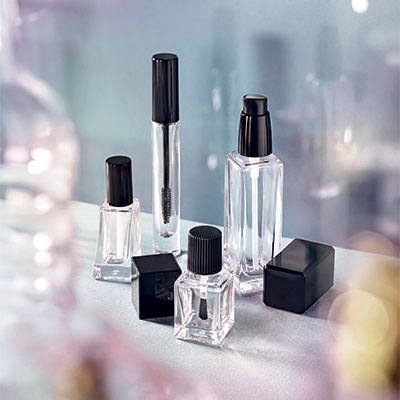
Technology, customization and sustainability are the fundamental elements that brands look for in the development phase of their products and therefore represent an essential focus also for Baralan, called to create a successful packaging. «The continuous technological innovation and the careful study of the materials used are the basis of our production processes, to introduce on the market a wide range of standard and custom-made packaging, in line with the demands of the brands, increasingly oriented towards innovation and solutions eco-friendly. This is why we constantly invest in research and development: in fact we no longer focus only on glass, which has always been a recyclable and sustainable material, but also on the use of biopolymers not linked to the food chain, with the aim of making them the main materials in the production process. On the other hand, various decoration techniques offer numerous possibilities for customizing the finishes and surfaces, which is another crucial aspect for enhancing the product and satisfying the customer’s requests. A personalized packaging, increasingly attractive, recognizable and with a strong identity, fully reflects the brand and its values, making it unique».
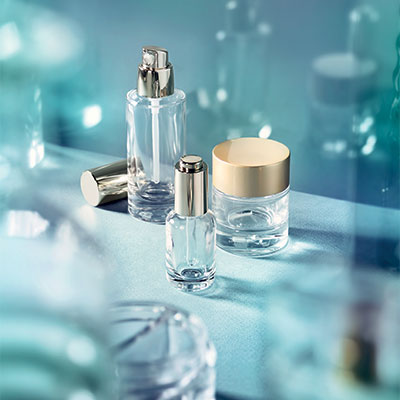
The “revolution” in consumer purchasing behavior is under everyone’s eyes, with the e-commerce channel in strong growth, which involves rethinking the logic of product presentation. But as the manager points out, «It is important to continue to guarantee the quality of the packaging, a quality that derives precisely from constant control work, with tests on products and their individual components, and with product-packaging customization studies carried out together with the customer. All these steps are fundamental, just as it is essential to know how to study a structured e-commerce, which pays attention to the entire value chain, from product to customer service, with a continuous exchange and relationship».
For Ficcadenti too «“Made in Italy” has always been a distinctive trait, recognized on the global market as an expression of quality, creativity, perfection in details, refinement, elegance and style. Baralan brings Italianness to the world, understood as a synonym of beauty, design and taste combined with an excellent level of quality and service, which has always been appreciated worldwide and recognizable in the packaging made».
Maria Antonietta Savino
Marketing & Specification, Fontana Grafica Srl
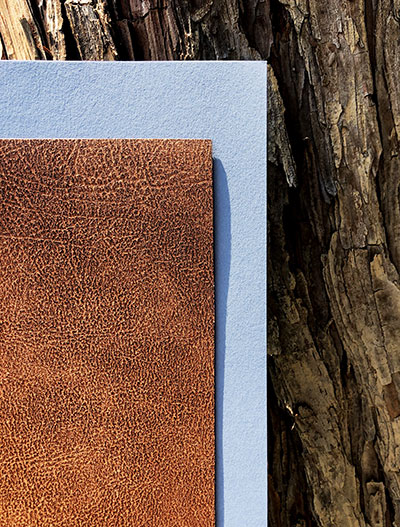
Quality starts with R&D on cladding materials in a sustainable way, in the name of personalization; packaging for e-commerce of luxury goods must be environmentally friendly as well as enhancing their precious nature; “Made in Italy” is a value to be safeguarded.
«In the face of an undeniable drop in demand in recent months, the industry has not stopped, continuing to invest in solutions capable of attracting the attention of the most demanding consumers, with attractive and innovative packaging, but at the same time able to offer quality at affordable prices.
Maria Antonietta Savino’s opening is justified by the type of requests that Fontana Grafica is called upon to answer, and of which she enters into the matter: «In our case, technology translates into offering high-performance coating materials that are adapted to new printing technologies and can be used on the latest generation of machinery. In this regard, our partner Winter & Company has a laboratory where it carries out many printing and workability tests on the products before they are presented on the market.
Since personalization is what makes a product unique, it is therefore essential that we can offer the possibility of creating a color, texture or even an ad hoc material. Flexibility in terms of management, availability and variety of options are at the heart of the projects we’ve been developing for brands over the past few years, which include the creation of paste dyed papers, coated papers and various types of fabric.
Last but not least, the focus on sustainability, a central element of the briefs in recent times. «Precisely in order to meet this demand - points out the manager - in addition to the well-known FSC ™ certification, REACH compliance and choice of raw materials from well-managed sources, we try to use increasingly large percentages of recycled fibers.
We have just re-launched the range of our Wintan® recycled leather, made up of 85% leather fibres from tannery waste, and for some months now the well-known Wibalin® pulp dyed paper has been added to our Wibalin® Recycled collection, made from 100% recycled fibres, 40% of which is PCW (Post Consumer Waste) and the remaining 60% from FSC™ Recycled certified PIW (Post Industrial Waste). I also mention Envira 100% PCW, printing paper now on the market for a few years and produced with 100% PCW post consumer fiber, with a white point of 95%.
In the coming months we will present other materials not only paper-based, derived from recycled fibers».
As for e-commerce packaging, the fact remains that it will be increasingly important to design it carefully so that it can be easily disposed of or reused. «It is also important that it does not take “preciousness” away from the item and that the emotion aroused when you receive the purchase is similar to what you feel when you go to the store».
For Maria Antonietta Savino”made in Italy” is also a value to be safeguarded. «Companies in the sector, mostly small and medium sized, are the flagship of our country and are certainly able to make a difference: creativity, flexibility, attention to detail and skills gained with years of experience, make them the most appropriate choice for brands that focus on quality and uniqueness».
Carlo Candiani
Sole Director, G. Candiani Srl
Constant updating of the range with particular attention to product industrialization; accurate tests and controls on new finishing technologies and on the performance of innovative raw materials; management and production, 100% Italian, ensure quality.
For over fifty years G. Candiani has exclusively dealt with conceiving, designing and producing exclusive plastic containers and details for the cosmetic and perfumery products market. A courageous strategic choice, that of this focus, sustained by an expertise widely recognized by the market. «And indeed - explains Carlo Candiani, Sole Director of the company - high-end packaging has always played a prestigious role in the cladding of a cosmetic or perfumery product; and if our customers are constantly working to update their products and to launch new and increasingly particular and refined creations, our role is therefore to seek the best possible solution to achieve as desired, compatibly with the needs for industrialization».
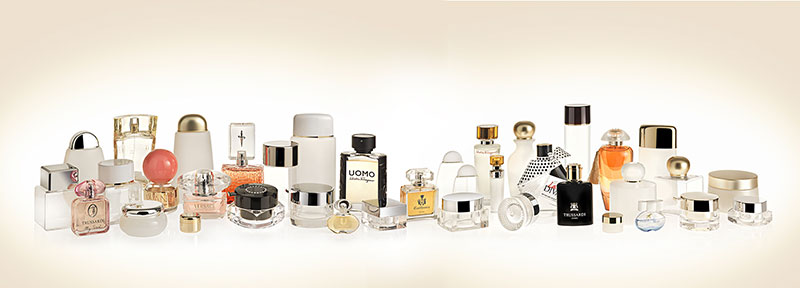
According to Candiani, the request for product customization is still in first place among the desires of brands, to find a reason for identification and strong differentiation on the market. «The fact remains that sustainability is increasingly topical and customers express the need to use recycled or, in any case,“ eco-compatible ”plastic materials; given that these requests must be related to the technologies available on the market, our company constantly works to carry out tests and trials on new finishing and/or surface decoration technologies, as well as on the use of alternative raw materials».
According to the sole director, the development of e-commerce is not “influencing” the quality of selective packaging, at least as regards the company’s production, and “the high personalization of the items obviously prevents their “digital” marketing».
Absolutely convinced, however, of Made in Italy, Candiani recalls how much this aspect continues to be requested and appreciated all over the world, with a further observation on the nature of his company: «Since always totally Italian run, we always try, where possible, to make our articles with the collaboration of Italian companies and to use raw materials and accessories of Italian origin, even if this, sometimes, can unfortunately affect costs».
Gianni Azzaretti
Luxoro Brand Ambassador
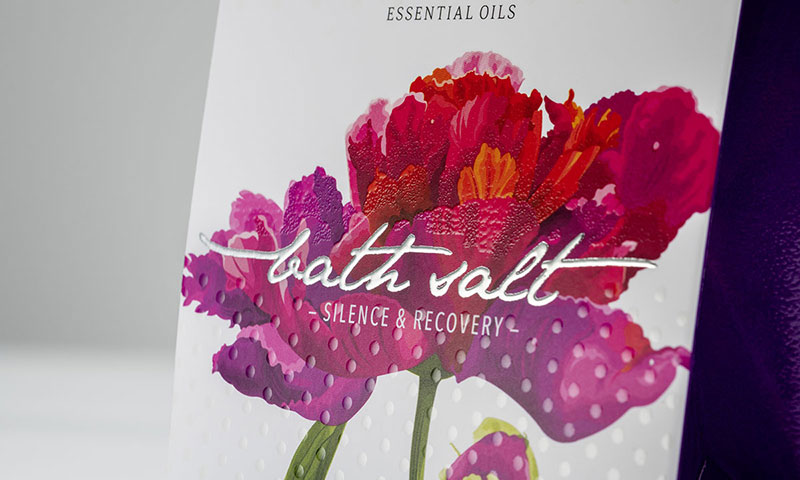
Packaging as a narrator of unique and precious stories, even in e-commerce; finishing and ennobling is today a compendium of technology and image care, reinterpreted in a sustainable key and within the reach of many, thanks to digital.
«The demand for a prestigious packaging that creates added value and uniqueness for the brand is growing». This is what Gianni Azzaretti argues in the introduction, adding further considerations: «According to many neuromarketing studies, packaging significantly influences the consumer’s purchase decision, so we are increasingly approaching the conception of a packaging that, in addition to informing, best expresses the aesthetic value of a product, which tells a story. The attention to the image, to the visual and tactile attraction of a product has been worth a lot in the wine & spirits market, in that of perfumery and cosmetics, but lately it is also gaining ground in many other sectors. Our finishing products are an example of how the story of a company and its proposals can be translated into a packaging that transmits sensations both to the eye and to the touch».
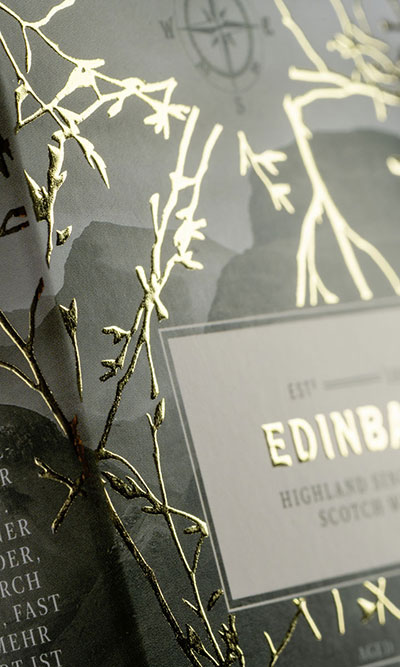
The Luxoro offer, in this sense, is therefore the expression of a careful mix of technology, attention to sustainability and image, capable of making a brand truly unique. «We offer sustainable products developed with innovative technologies, not least that concerning the introduction of an entire line of machines for digital metallization, which guarantees many alternatives for customized finishing. In fact, our DM Liners allow mass and even limited productions (such as capsule collections) but in any case it is possible to obtain packaging, on different substrates and formats, always different and always unique. All this without giving up fast and flexible printing processes».
On the other hand, finishing, which is already a trend in some markets such as that of beverages, lends itself well to marketing and communication projects aimed at product customization: «This is demonstrated by the attention recently expressed by major brands, also thanks to the introduction of digital printing, thanks to which finishing is “closer to hand ”. Our proposal of digital metallic effects is designed precisely for this: customized and finished packaging also for everyday products.
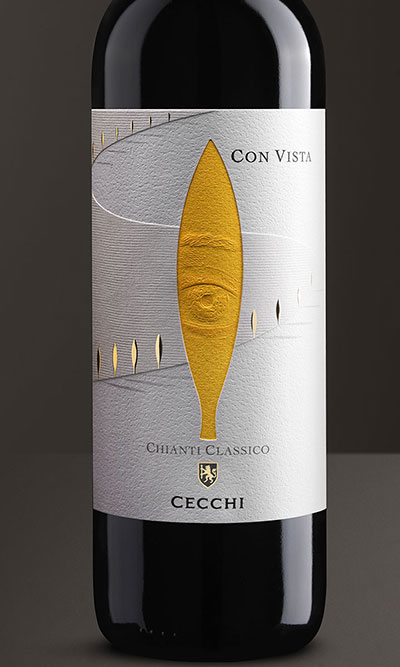
According to Azzaretti, the development of e-commerce is in some way “influencing” the luxury packaging market. «The brand is always interested in the product communicating a message of prestige, just as the pack is able to convey sensations and quality. Even in the world of e-commerce, attention to detail becomes important: the external packaging must in fact have its own identity, which expresses value and at the same time is safe and sustainable. This way of selling is therefore modifying the concept of “pure” transport packaging, transforming it into a beautiful and attractive packaging, no longer only functional but also communicative, which through a more evident aesthetic tells the values of the brand. Our products are flexible and suitable for decorating many types of substrates; totally recyclable and compostable, they do not in the least affect the degree of sustainability of the packaging».
«Italian design and creativity are unique in the world - concludes Azzaretti - a source of inspiration also for designers also on an international level. At Luxoro we have always been sensitive to an artisanal and innovative Italian style, and for this reason we promote it with dedicated catalogs and proposals, such as the new collection of effects for hot stamping which, in addition to enclosing the trends of the moment, intercepts the attitudes and the style of our times».
Romualdo Priore
Marketing Director, Lumson
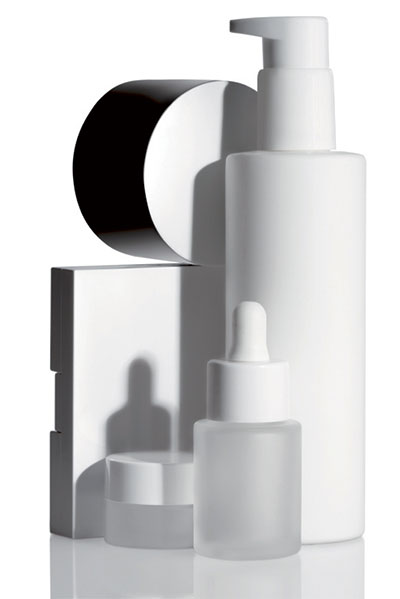
High range packaging? More and more functional, engaging and, of course, sustainable; the companies fight-back on the e-commerce channel; “Made in Italy” must adopt a new language, less celebratory and more adherent to manufacturing quality.
«The luxury pack will certainly have to leverage the functional experiences of packaging: that is, an aesthetic as an end in itself is no longer enough, but the packaging must add an experiential quid» says Romualdo Priore, who specifies: «Therefore, the possession and display of the object is not enough, it is necessary to equip it with functional arguments».
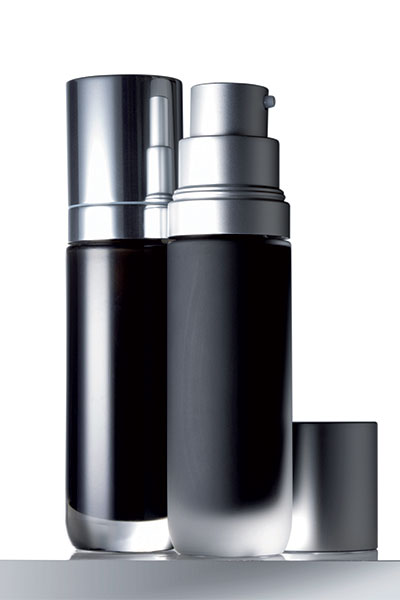
The new needs of the luxury market will have to be fueled by a balanced mix of technology, personalization and sustainability. According to Priore, brands will actually have to create meaningful engagement with their consumers, who demand greater respect for their individuality.
E-commerce is certainly a growing sales channel «But - Priore points out - when it comes to buying, in particular a luxury item, the consumer wants to actually touch the product with their own hands; consequently the beauty counters remain a significant point of reference.
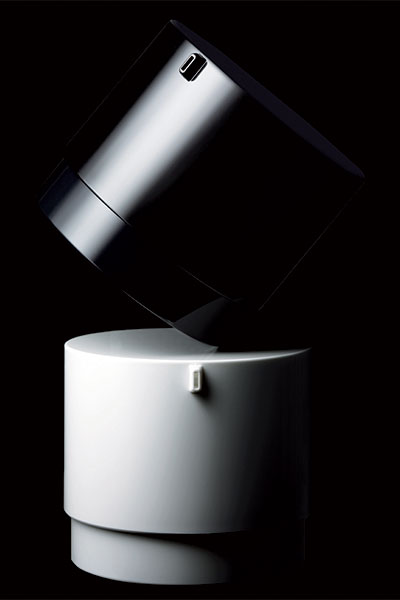
The new communication scenarios have changed, in particular those of the social media, which, guided by influencers, still remain an important but decreasing driver: therefore large companies must resume their active role by communicating new codes».
Today it is necessary to redesign a new Made in Italy system, starting from a diagnosis phase that analyses three different aspects: the evolution of consumers, the internal evolution of the company organization, the evolution of the market.{The translation of all this is particularly delicate because it presupposes the interpretation of present contexts and imagining future perspectives.
Stefano Bortoli
Commercial Director of Cosmetics and Perfumery, Zignago Vetro SpA
The challenge of the future lies in finding the right balance between new forms of omnichannel promotion and sales, innovative products, sustainable solutions and aesthetic appeal.
High-end packaging is experiencing a time of significant changes. Stefano Bortoli is convinced of this, talking about pre- and post-Covid scenarios: « In pre-Covid 19 times, brands were in fact focused on acquiring new customers through traditional retail channels and, above all, travel retail. To date, sales through these channels have undergone strong variations and it will therefore be essential for brands to focus their product promotions and investments on the online, in order to reach an increasingly broad spectrum of consumers. However, some macro trends remain unchanged, in particular the focus of brands in proposing something personalized and unique, which allows them to differentiate themselves and, at the same time, the strong attention to sustainability. The real challenge for the brands will therefore be identifying the correct compromise between sustainable solutions and the enhancement of the aesthetic appeal of the product».
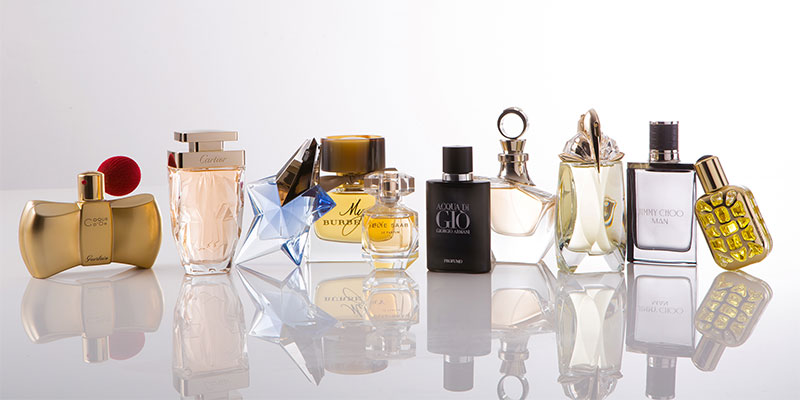
In view of these general considerations, Bortoli reminds us that the evolution of the sector is in any case marked by the right mix of technology, customization and sustainability. «Brands are looking for products that are technologically advanced, and the innovation component of both products and processes plays a fundamental role. Another key element in the world of high-end packaging is the constant search for forms and packaging solutions that can provide a unique and personalized consumer experience. Whether it’s standard packaging or tailor-made products, their customization is what gives the brand the desired appeal. Finally, as a last step but certainly not in order of importance, sustainability, today considered the real beating heart of high-end glass packaging. Also in this case, the attention of the brands towards both environmental and social sustainability is expressed not only in the offer of products, but also in industrial processes in line with the trend».
With little influence on the quality of luxury packaging, whose aesthetic characteristics are not disrupted by the sales channel, according to Bortoli «e-commerce radically changes the consumer experience and the end customer’s approach to the world of high-end packaging If on the one hand the luxury packaging could be penalized by the lack of some sensory aspects linked to the very characteristic of online purchases, on the other hand the luxury sector can certainly draw numerous benefits from an omnichannel approach to the consumer».
«When we talk about Made in Italy - underlines the manager of Zignago Vetro - we refer to high quality packaging and to industrial companies that have many years of experience in this sector. In this sense, the “Made in Italy” is undoubtedly a brand that makes the difference on the global market and that brings added value to high-end packaging».

















